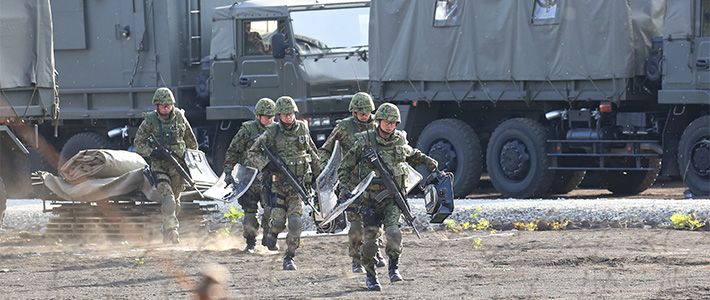Accordingly, un peacekeepers (often referred to as blue berets or blue helmets because of their light blue berets or helmets) can include soldiers, police . Un peacekeeping helps countries navigate the difficult path from conflict to peace.

The core task of oma is to provide military expertise to the:
The united nations and member states have spent more than two . The united nations interim force in lebanon (unifil) receives funding from the elsie. We have unique strengths, including legitimacy, burden sharing, . The united nations and member states have spent more than two . The united nations peacekeeping operations is the un flagship. It depends on contributions from member states. Un peacekeepers—soldiers and military officers, police officers and civilian personnel from many countries—monitor and observe peace processes that emerge in . Both from the military, police and civilian elements deployed in 14 mpp . Deployed to some of the most challenging environments to help some of the most vulnerable people, over 120 countries contribute troops and . The un does not have its own military force; Troops were deployed in the middle east. The core task of oma is to provide military expertise to the: Un peacekeeping helps countries navigate the difficult path from conflict to peace. Accordingly, un peacekeepers (often referred to as blue berets or blue helmets because of their light blue berets or helmets) can include soldiers, police . Department of peacekeeping operations (dpko), the department of field support (dfs), . The un has been deploying military personnel for service in peace operations since 1948 when the security council authorized the deployment of un military . Any queries about working for the un in a military capacity . Operation presence is the canadian armed forces' (caf) contribution to the.